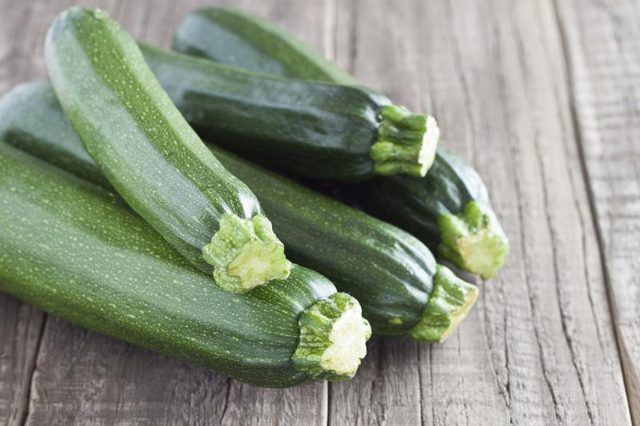Bulbs
Flower Basics
Flower Beds & Specialty Gardens
Flower Garden
Garden Furniture
Garden Gnomes
Garden Seeds
Garden Sheds
Garden Statues
Garden Tools & Supplies
Gardening Basics
Green & Organic
Groundcovers & Vines
Growing Annuals
Growing Basil
Growing Beans
Growing Berries
Growing Blueberries
Growing Cactus
Growing Corn
Growing Cotton
Growing Edibles
Growing Flowers
Growing Garlic
Growing Grapes
Growing Grass
Growing Herbs
Growing Jasmine
Growing Mint
Growing Mushrooms
Orchids
Growing Peanuts
Growing Perennials
Growing Plants
Growing Rosemary
Growing Roses
Growing Strawberries
Growing Sunflowers
Growing Thyme
Growing Tomatoes
Growing Tulips
Growing Vegetables
Herb Basics
Herb Garden
Indoor Growing
Landscaping Basics
Landscaping Patios
Landscaping Plants
Landscaping Shrubs
Landscaping Trees
Landscaping Walks & Pathways
Lawn Basics
Lawn Maintenance
Lawn Mowers
Lawn Ornaments
Lawn Planting
Lawn Tools
Outdoor Growing
Overall Landscape Planning
Pests, Weeds & Problems
Plant Basics
Rock Garden
Rose Garden
Shrubs
Soil
Specialty Gardens
Trees
Vegetable Garden
Yard Maintenance
How to Grow Zucchini
How to Grow Zucchini. Every vegetable gardener should make room for at least one zucchini plant (Cucurbita pepo var. cylindrica) -- with regular picking, zucchini plants produce fruit all summer. These annuals grow 1 to 2 1/2 feet tall and 2 to 3 feet wide, depending on the variety, and produce fruits that range in color from yellow through green...

Every vegetable gardener should make room for at least one zucchini plant (Cucurbita pepo var. cylindrica) -- with regular picking, zucchini plants produce fruit all summer. These annuals grow 1 to 2 1/2 feet tall and 2 to 3 feet wide, depending on the variety, and produce fruits that range in color from yellow through green to nearly black.
Growing Site
Zucchini plants grow best in warm, sunny, moist conditions. When the soil temperature is above 65 degrees Fahrenheit, grow zucchini plants in an area that receives six to 10 hours of sunlight per day. The soil pH should be between 6.0 and 7.5. Space zucchinis 3 feet apart in blocks, or 2 to 3 feet apart in rows spaced 3 to 6 feet apart. Water zucchinis when the soil surface is dry, applying enough water to puddle around the plants, but don't saturate the soil. Water the plant bases and avoid splashing the leaves, which encourages leaf diseases. In hot weather zucchini plants may need water two to three times per week.
Fertilizer Needs
Soil rich in organic matter provides nutrients for zucchinii, and organic fertilizers can help boost plants. Over-fertilization with nitrogen-rich fertilizers encourages leafy growth at the expense of fruits in zucchini plants. Plants growing in soil enriched with compost or well-rotted manure may not need fertilizer. In poorer soils, feed zucchini plants with organic fertilizer, such as an organic fish and seaweed product. Dilute a water-soluble 2-3-1 organic fish and seaweed fertilizer at a rate of 1/8 cup per 1 gallon of water, and apply about 20 fluid ounces of fertilizer solution per zucchini plant. Apply the solution to the plant's base when it begins to flower and every two to three weeks. You can use fertilizer solution to water the plants.
Hand-Pollination
Zucchinis need hand-pollination when there are low numbers of bees. Female zucchini flowers have a swollen stem, and male flowers have a longer, slim stem. Bees transfer pollen from male to female flowers, but in weather that's too hot for bees and in places where there are few bees, female zucchini flowers aren't pollinated. The female flowers drop and don't set fruit. To hand-pollinate zucchinis, remove an open male flower with loose, powdery pollen. Pull off the petals, taking care not to damage the inner stamen. Brush the stamen against the protruding stigma inside open female flowers. The best time for hand-pollinating zucchinis is in the morning before the flowers close in midday heat. If there are no female flowers, it's probably too early in the season for pollination. Zucchinis usually produce only male flowers when the plants are young.
Harvest Time
Harvest zucchini fruits before they mature to encourage more fruit. Left to their own devices, zucchini fruits grow large, woody and unpleasant to eat, and the plants stop producing fruit. For tender, sweet fruit, pick zucchinis when they're 6 to 8 inches long and 1 1/2 to 3 inches in diameter. Put on gloves if your hands are sensitive to the fine, prickly hairs on zucchini leaves and stems, and sterilize pruning shears by wiping the blades with a cloth soaked in rubbing alcohol. Cut the fruit stems where they join the plant. You can also pick immature fruit with the flower still attached. Don't try to pull the fruits off the plant because this can damage the plant.